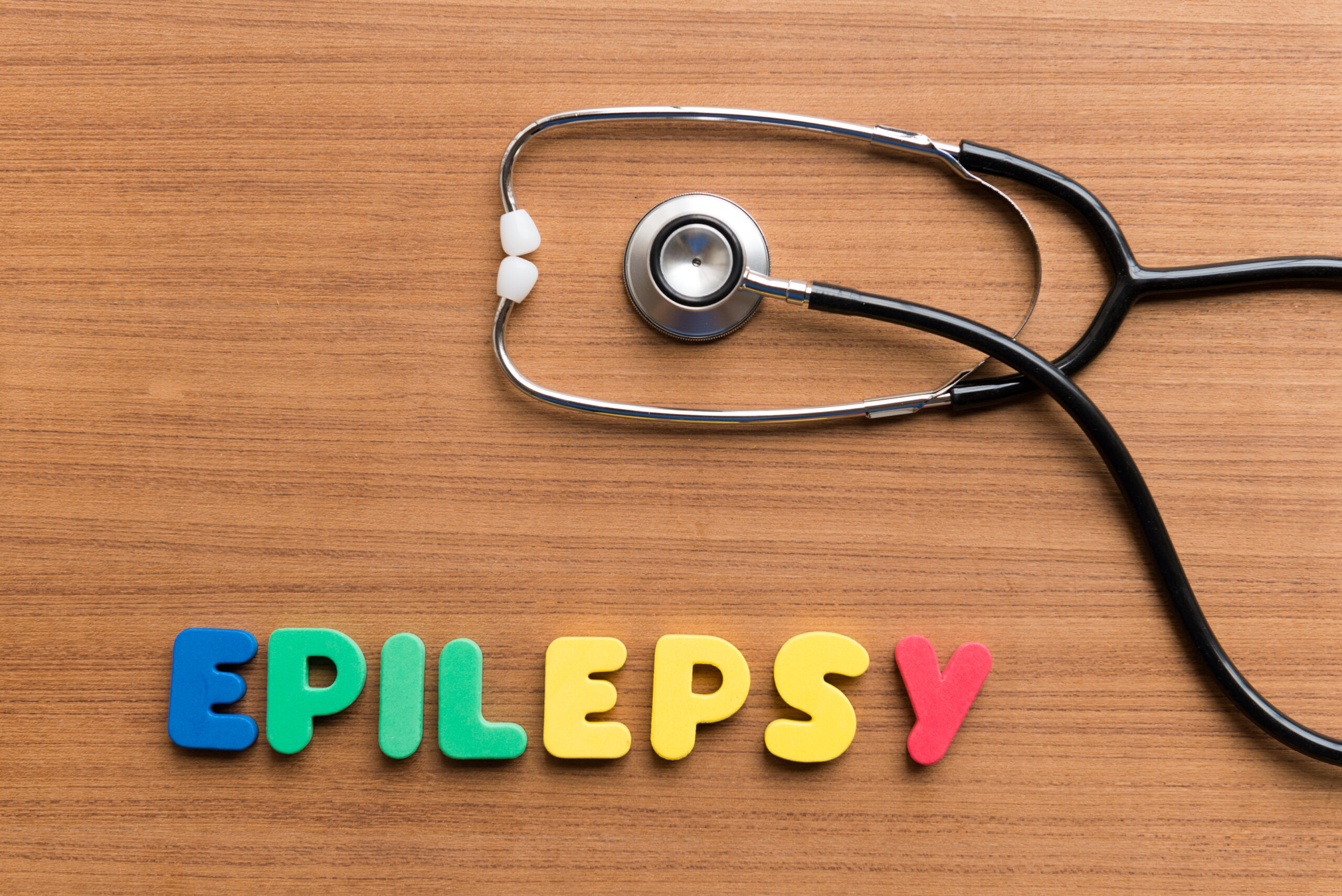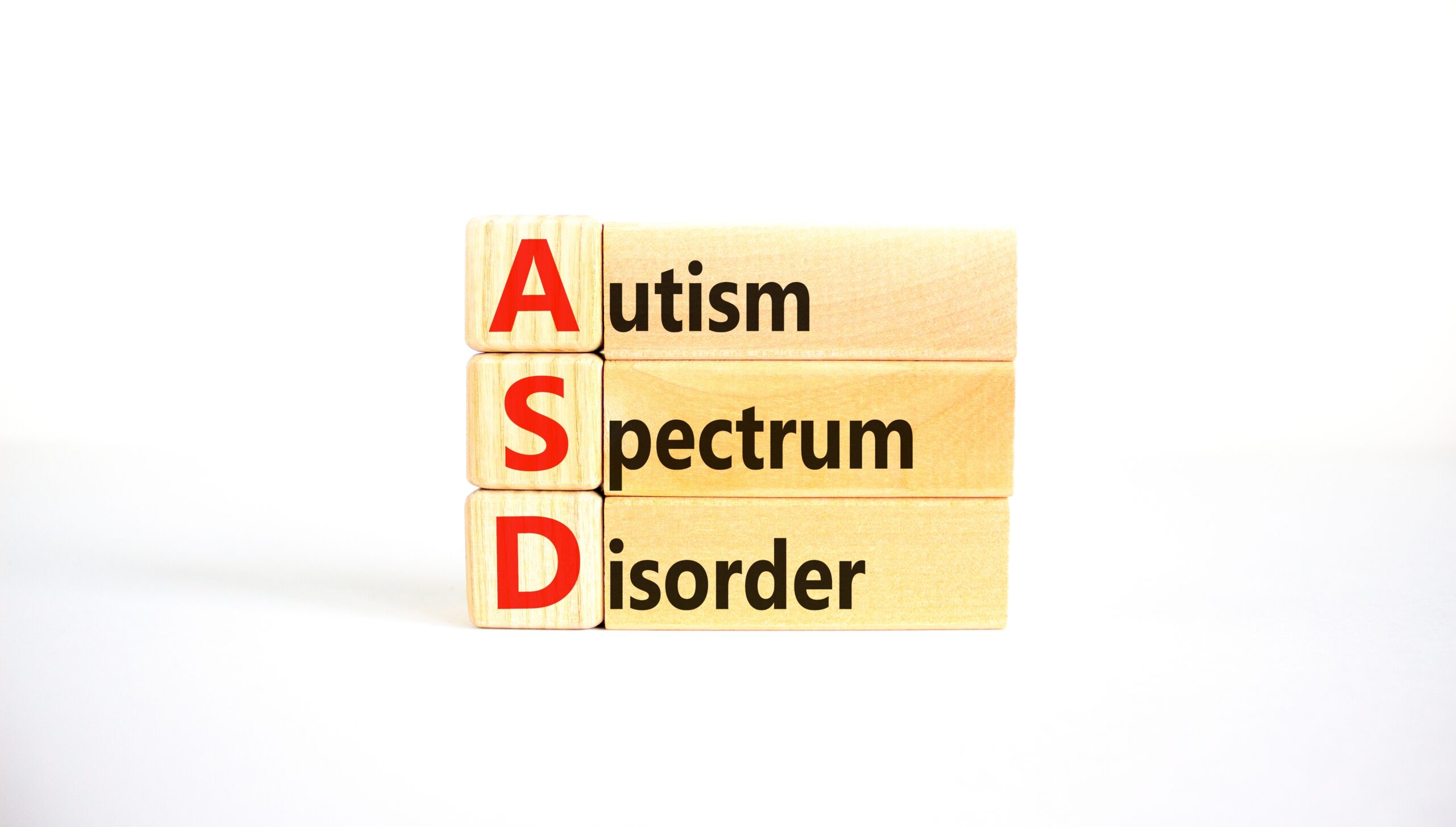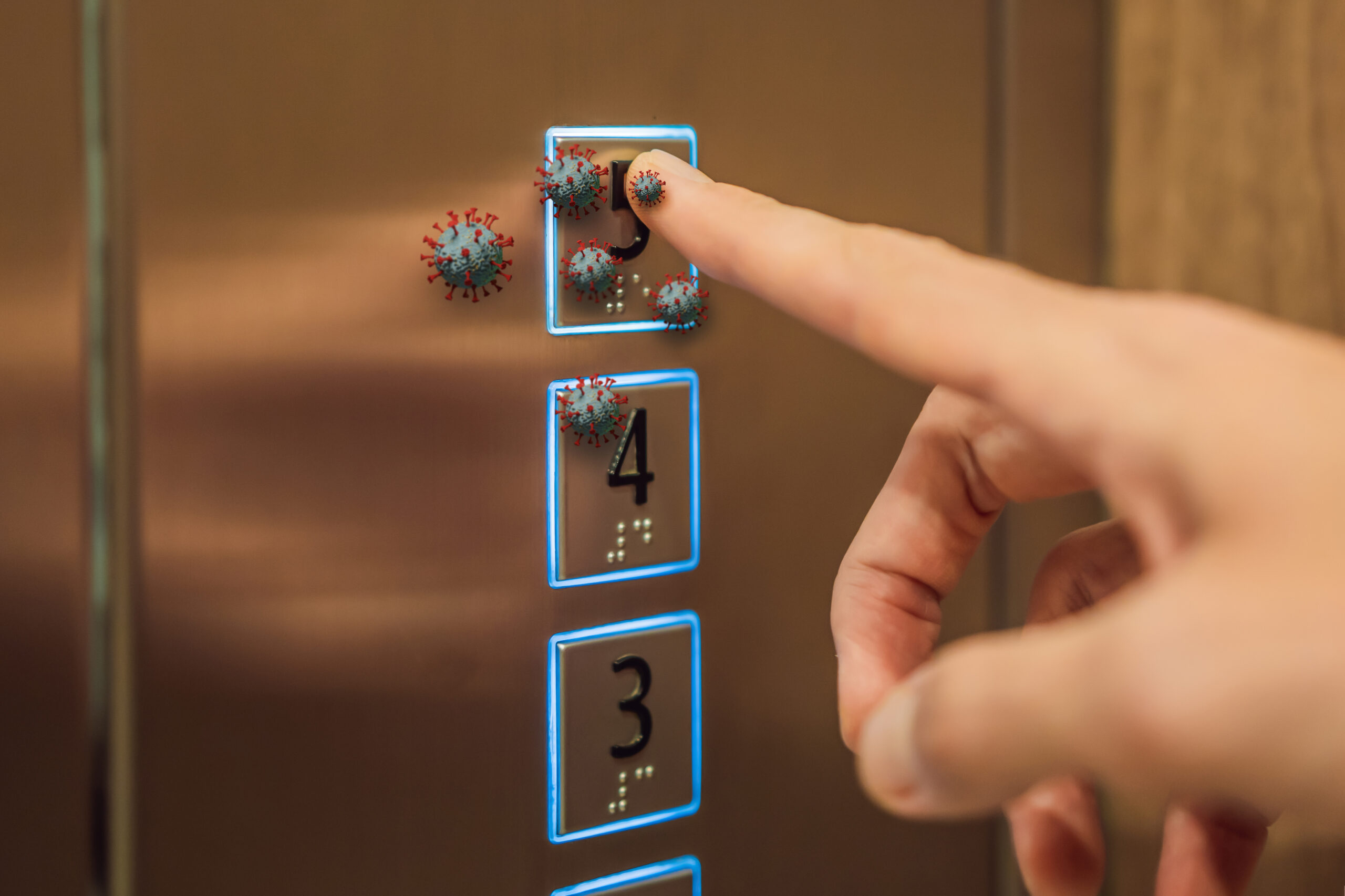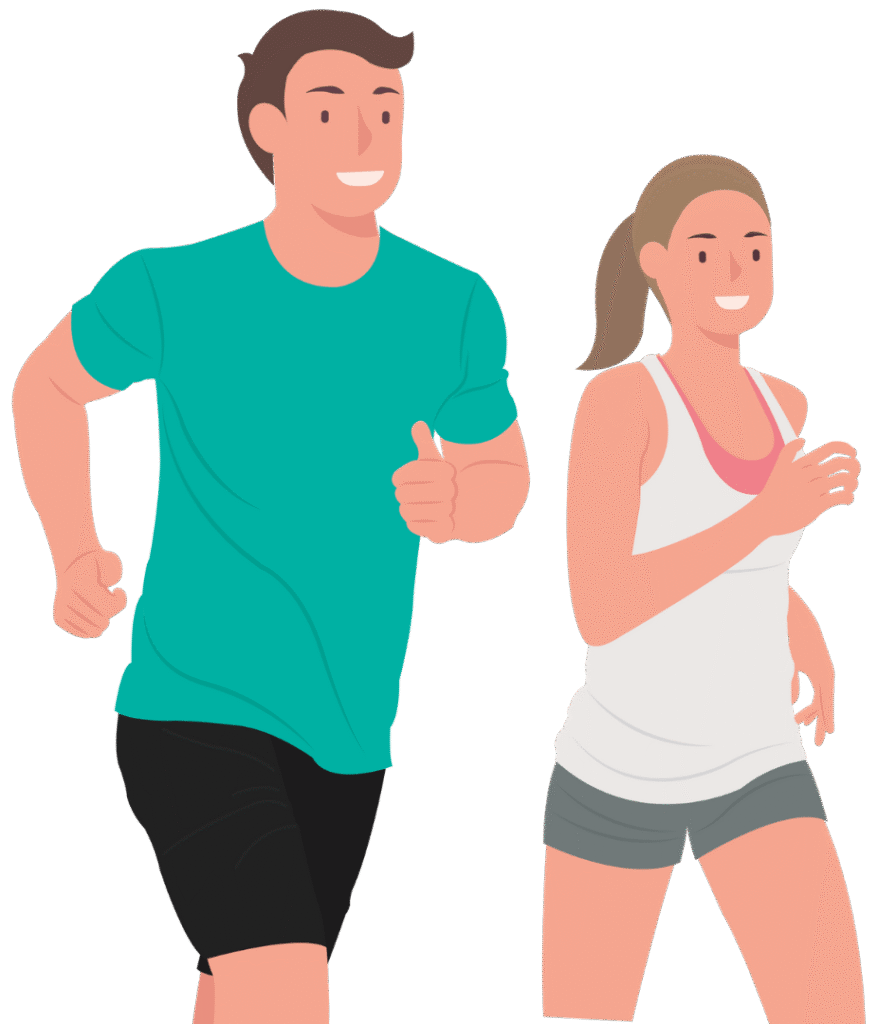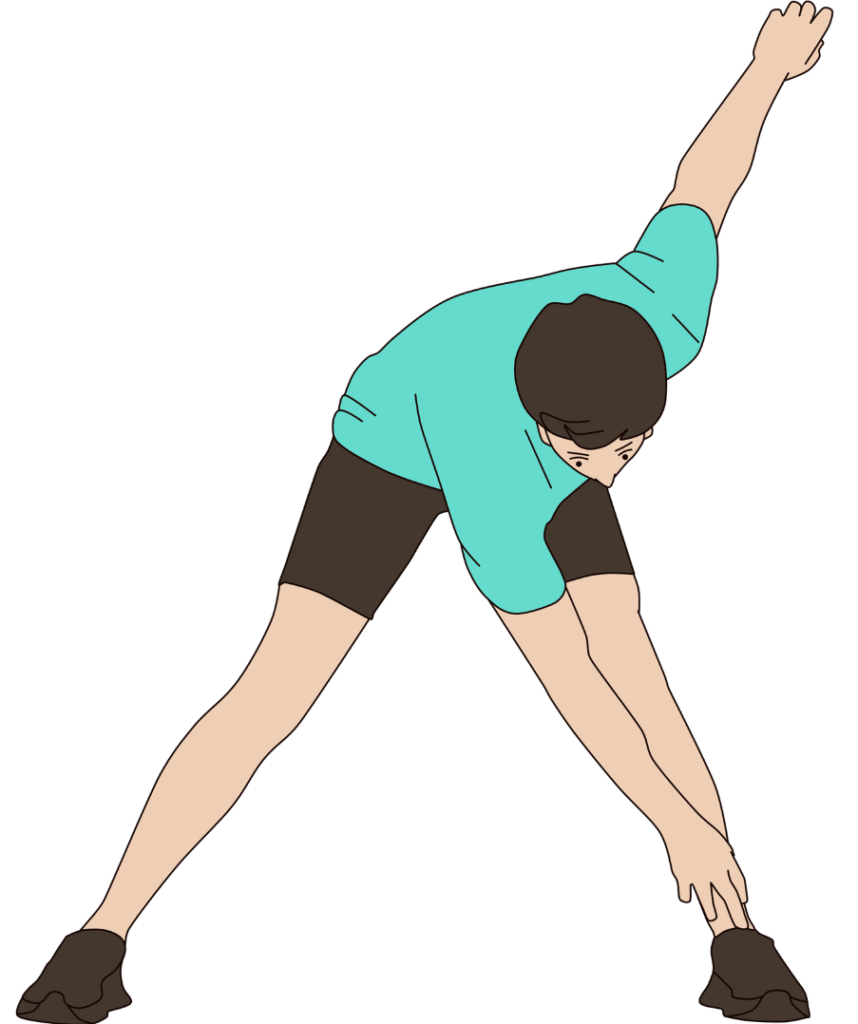One silent night risk—sleep apnea—can turn a child’s epilepsy into a deadly cardiac crisis before anyone sees it coming.
Story Snapshot
- Children with epilepsy and sleep apnea face up to a fivefold increase in sudden cardiac death risk compared to epilepsy alone.
- Recent studies using global datasets reveal the danger is more acute and underrecognized in pediatric patients.
- Standard treatments for sleep apnea, including CPAP, may not always reduce this risk and could sometimes worsen it.
- Calls are mounting for routine screening and individualized management to prevent avoidable deaths.
Unmasking the Cardiac Peril Lurking in Pediatric Epilepsy
For years, pediatric epilepsy has been a battlefield defined by seizures, medications, and the lurking specter of sudden unexpected death in epilepsy (SUDEP). But new evidence has exposed another, stealthier adversary: sleep apnea. Recent large-scale studies demonstrate that when sleep apnea joins forces with epilepsy in children, the risk of sudden cardiac arrest and dangerous heart rhythms soars—leaving families and clinicians blindsided by fatal events that strike in the dark.
https://youtu.be/Vu86u3VCTXw
Healthcare claims databases from January 2000 to March 2025 paint a jarring picture. Children aged 1–17 with both epilepsy and sleep apnea experience standardized mortality ratios for cardiac causes that dwarf those seen in epilepsy alone. Central sleep apnea (CSA) raises the risk most dramatically, with recent findings showing a mortality ratio of 135.9—compared to 27.7 for severe epilepsy without sleep apnea. Obstructive sleep apnea (OSA) is not far behind at 74.2. The magnitude of these numbers should stop any parent or physician cold.
How Did This Hidden Threat Go Unnoticed?
Epilepsy’s dangers have always been clear, but the dangerous synergy with sleep apnea remained off the radar until the last decade. Polysomnography and improved sleep medicine brought detection tools, but sleep apnea in children—especially those with neurological disorders—remained underdiagnosed. Cardiac risks, meanwhile, were attributed to medications or seizure severity, not the silent suffocation of sleep apnea. It took the power of national and global data mining to reveal just how deadly this combination could be.
Prior studies hinted at links between sleep apnea and sudden death in adults with epilepsy. Yet pediatric evidence lagged behind, leaving a generation of vulnerable children exposed. The latest research provides the missing data, comparing cardiac event rates and all-cause mortality across children with epilepsy alone, epilepsy plus sleep apnea, and those with other severe comorbidities. The conclusion is stark: sleep apnea is not just a complicating factor—it’s a multiplier of deadly risk.
Treatment Gaps: Why Current Approaches May Fail
Clinicians might assume the solution is straightforward: treat the sleep apnea, reduce the risk. Yet reality is far more complicated. Fewer than half of children with severe epilepsy and sleep apnea receive positive airway pressure therapy. Even among those treated, the gold-standard CPAP does not always confer protection. Some findings suggest that long-term CPAP use may paradoxically increase sudden cardiac arrest risk in select cases, possibly due to complex interactions between brainstem, heart, and breathing patterns unique to pediatric epilepsy patients.
https://youtu.be/nSqEwiGQIAY
Other interventions, such as adenotonsillectomy, show promise in reducing risk, but are underutilized. The lack of clear, evidence-based protocols means that many children fall through the cracks, getting neither timely diagnosis nor tailored therapy. Meanwhile, families—often unaware of the connection—face mounting anxiety as new findings reach the mainstream.
Clinical and Policy Urgency: What Must Change Now
Experts now call for a fundamental shift in how pediatric epilepsy is managed. Routine screening for sleep apnea must become the standard in neurology clinics. The evidence is too compelling to ignore: the presence of sleep apnea in a child with epilepsy should trigger immediate, multidisciplinary action. Sleep specialists, neurologists, and cardiologists must collaborate to assess risk, select personalized interventions, and monitor outcomes.
Guideline committees and professional societies, including the American Academy of Neurology, are under pressure to codify these changes. Insurers and healthcare systems must step up to fund sleep studies and therapies, recognizing the long-term cost savings of preventing catastrophic events. Ongoing research is needed to clarify why CPAP may be harmful in some cases, and to establish optimal, individualized strategies that truly save lives.
Sources:
PubMed: Risk of Sudden Cardiac Arrest in Children With Epilepsy and Sleep Apnea
Neurology Advisor: Sleep Apnea Comorbidity Tied to Mortality Risk in Children With Epilepsy

